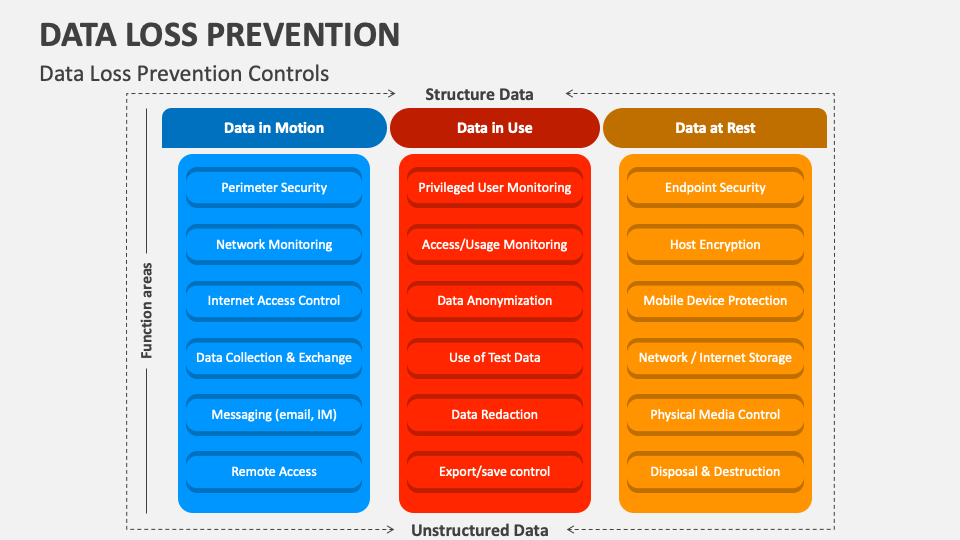The modern workplace has changed. With the rise of remote and hybrid work models, employees now access corporate resources from various devices, locations, and networks. While this flexibility enhances productivity, it also expands the attack surface for cybercriminals. That’s why Data Loss Prevention (DLP) has become a cornerstone of enterprise cybersecurity.
The New Reality of Data Exposure
Employees today use cloud storage, instant messaging, file-sharing platforms, and email to exchange sensitive data. Without proper control, critical business information—such as financial reports, source code, customer records, or intellectual property—can be easily leaked, often unintentionally.
According to recent studies, over 60% of data leaks originate from insiders—mostly due to human error rather than malicious intent. DLP solutions help reduce this risk by monitoring, identifying, and preventing unauthorized data flows in real time.
How DLP Adapts to Modern Infrastructure
Modern DLP systems are no longer just on-premise tools. They’re evolving into cloud-native, AI-enhanced platforms that can protect:
Cloud apps like Google Workspace, Microsoft 365, Dropbox
Endpoints such as laptops and mobile devices
Network traffic, including VPN and remote sessions
By integrating with existing cloud ecosystems, DLP solutions ensure that data policies follow the user—no matter where they work.
Key Capabilities of Advanced DLP Solutions
Content & Context Analysis: DLP systems evaluate both what the data contains and how it’s being used.
Real-time Alerts & Blocking: Suspicious activity can trigger automatic blocks, encryption, or user warnings.
Policy-based Enforcement: Organizations can create rules for different data types, departments, and risk levels.
User Behavior Monitoring (UEBA): Tracks anomalies in how users interact with sensitive data.
DLP + Employee Awareness = Stronger Security
Technology alone isn’t enough. To be fully effective, DLP strategies must be paired with employee training and a strong security culture. By teaching employees to recognize data sensitivity levels and follow security best practices, businesses can greatly reduce the likelihood of data breaches.
Final Thoughts
Data Loss Prevention is no longer just a compliance checkbox—it’s an essential layer in the cybersecurity stack. Especially in a hybrid work environment, DLP offers visibility, control, and peace of mind by ensuring that sensitive data stays where it belongs. As threats evolve, so must the defenses—and DLP is leading that evolution.




